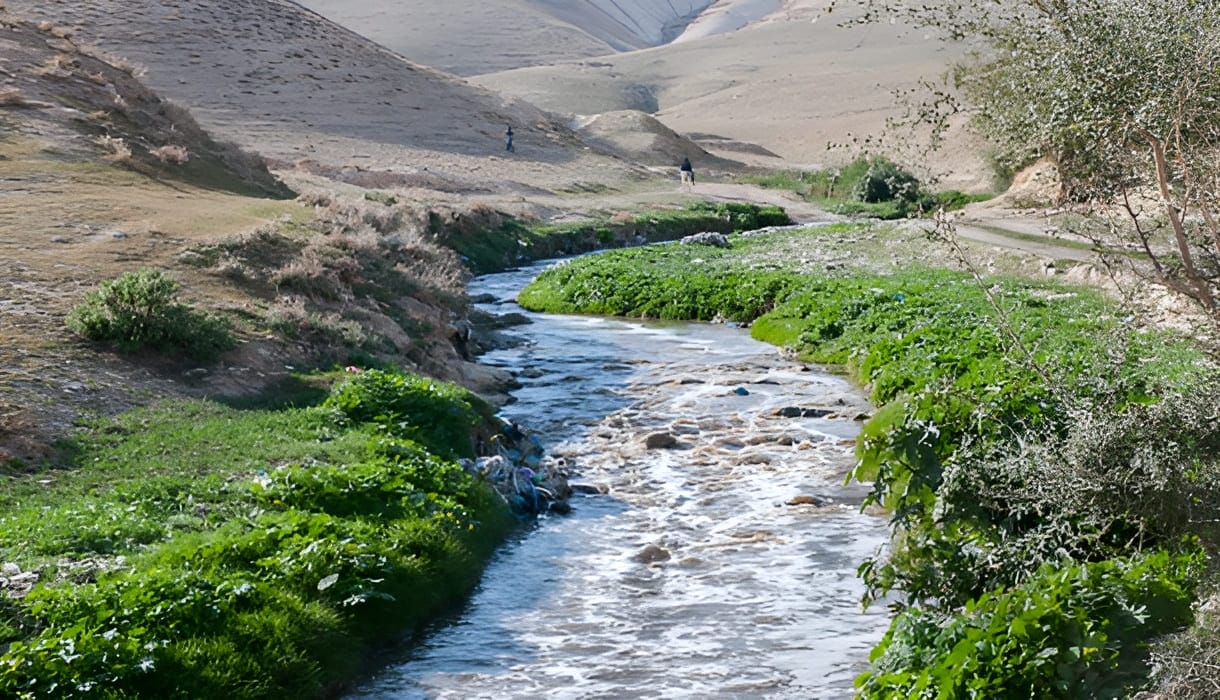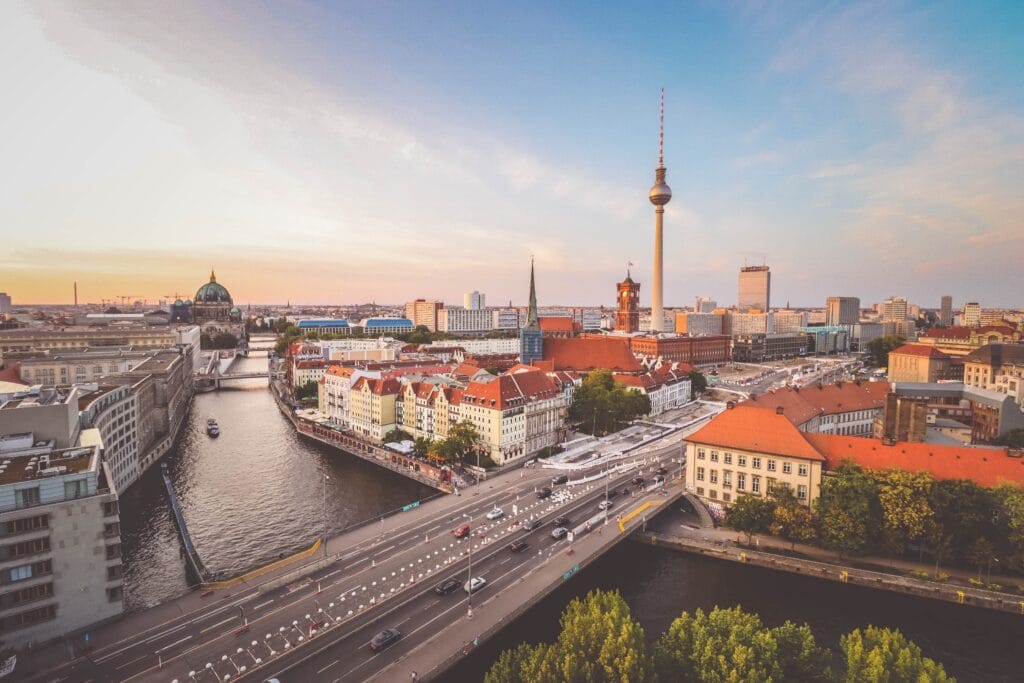
As I write, delegates are starting to arrive in Nairobi for
the United Nations
Environment Assembly (UNEA). The Assembly starts in earnest on Monday 11th
March and will run for five hectic days of meetings, side events and late-night
negotiator huddles, probably ending late on Friday 15th March.
Next week’s gathering will be just the fourth time that the Assembly has ever met. The first UNEA was held in 2014, and it has been organized roughly every two years since. This year’s version will bring together more than four thousand representatives from 190+ governments, civil society groups, the private sector and other parts of the United Nations. The main assembly meeting of ministers of the environment is surrounded by a clutch of other events – a Science, Policy and Business forum, leadership dialogues, stakeholder meetings and multiple press conferences.
UNEA doesn’t get anything like the media attention of the
annual Conference of the Parties (COP) to the United
Nations Framework Convention on Climate Change (UNFCCC) or some of the
other major environmental meetings. Nor does it get anything like their
attendance: 15,000 people go to the Climate COP each year, roughly 10,000
people go to the World
Conservation Congress that is organized every four years by IUCN (the World
Conservation Union), and 6,000 delegates attend the annual meetings of the Convention on Biological Diversity (CBD).
In fact, only those people familiar with the United Nations or working closely on environmental issues have probably heard of UNEA. But if you’re interested in sustainability and the prospects of a healthy planet on which we can all live, it’s worth keeping an eye on the Assembly. Indeed, UNEA could be tremendously influential in years to come, especially if the Member States actually implement the dozens of resolutions they negotiate over the course of each meeting.
Pulling power
UNEA was set up as part of the Rio+20 Conference on
Sustainable Development in 2012, when the UN Environment Programme (now UN
Environment) became a full membership entity of the United Nations. This means
that UNEA is one of only two gatherings of every Member State of the United
Nations. The other one is the General Assembly.
This gives UNEA real convening power. It is a genuinely
global opportunity to set the environmental agenda: to define the key
environmental threats and challenges, and to establish how the world can work
together to address them. The rising attendance at the Assembly is testament to
its growing significance: the 4,500 people registered so far this year are
roughly twice as many as turned up to the third UNEA in December 2017, which itself
had a far higher attendance than the second Assembly in May 2016.
The Assembly’s pulling power is starting to tell at the
highest levels too: President Emmanuel Macron of France is joining the
high-level segment of this year’s Assembly, alongside President Kenyatta of
Kenya. Together they will chair the first regional edition of the ‘One
Planet Summit’. President Macron hopes to harness the Assembly to build
momentum for his proposed ‘Global
Pact for the Environment’. The fact that, for the first time, the head of
state of a permanent member of the UN Security Council is travelling halfway
across the world to attend a UN Environment meeting is indicative of its
growing significance.
Joining the dots
Unlike the climate change and biodiversity meetings, UNEA is
not focused on any particular environmental challenge. This means it doesn’t
get caught between the artificial siloes of issues such as climate change,
biodiversity and chemical management. Instead, the Assembly can address complex
human and planetary systems, cutting across sectors and disciplines to develop
consensus-based solutions that span sectors.
For the most recent Assembly (UNEA3), held in December 2017,
Member States chose the theme of beating pollution. Erik Solheim, who was
Executive Director at the time, seized this as an opportunity to build an
ambitious global campaign to raise awareness and inspire commitments on this issue.
While there was plenty of controversy
elsewhere over Solheim’s tenure, this was an inspired move on his part.
UNEA3 captured the zeitgeist of the moment, riding a wave of
global concern about massive plastic pollution of the oceans and the pervasive
damage caused by air pollution. UN Environment’s campaign in the run-up to the
Assembly inspired more than 2.5 million individual commitments to reduce plastic
pollution, and there were game-changing decisions at the country level: Six
months later, India, for example, announced a complete ban on single-use plastic
from 2022. In essence, UN Environment succeeded in its core mission to inspire,
inform and enable change.
Whether it can do so this time remains to be seen. The theme
for this year’s Assembly is “Innovative
solutions for environmental challenges and sustainable consumption and
production”: a somewhat awkward compromise between different member state
factions. Some countries wanted to focus on sustainable consumption and
production (shorthand for reducing over-consumption and waste), while others wanted
to emphasise innovative environmental technologies (which implies technology
transfer from the developed to the developing worlds). The strap line for the
Assembly, #SolveDifferent, endeavours to find a catchy way to get people to
think of new approaches to tackle old problems.
Weaving the tapestry
of international law
The enduring legacy of each Assembly is the body of resolutions that the ministers adopt at the end of the week. A few of these are procedural instructions for UN Environment on its budget and programme of work. However, the majority are proposed by member states to address issues they think are important. They run the gamut from addressing biodiversity loss, to incorporating natural capital in national accounting, and everything in between.
At UNEA2 and UNEA3, about two dozen resolutions were discussed,
on many contentious and difficult topics. Each Assembly resulted in more than a
hundred pages of line-by-line, sometimes word-by-word, negotiated text.
These resolutions become strands in the emerging fabric of
international environmental law. These are non-binding resolutions, so there
aren’t any penalties for member states that don’t implement them, but they do
help to create an architecture for action on these issues. They allow member
states to test out new ideas that are focused on the science and, generally at
least, less influenced by some of the hard-edged politics that can trip up
progress in New York.
Delegates begin negotiating the text of the draft
resolutions in the run-up to the Assembly. However, the real work happens
during the week itself, when the delegates gather in closed-door sessions for
marathon negotiating sessions, often working late into the night and resuming
early the following morning. The sweep and complexity of issues that the
negotiators are tackling is daunting.
There is a tradition in the Assembly, and strong preference
among the member states, for resolutions to be passed by consensus. In effect
this gives everyone in the room a veto and confers a lot of disruptive power to
those who might want to slow down proceedings. However, it also places a real
premium on finding arguments that can persuade everyone to come on board.
As a UN Environment staff member during UNEA2 and UNEA3, I assisted member states negotiating resolutions on protecting the environment in areas affected by armed conflict and addressing environmental pollution caused by armed conflict and terrorism. It was fascinating to have a ringside seat at the ebb and flow of these negotiations, and I was impressed to watch delegates time and again craft mutually acceptable language out of a seeming intractable impasse.
Dancing around the (UN
Environment) Christmas tree
UNEA4 has more draft resolutions than either UNEA2 or
UNEA3—36 at the latest count. Some of these, such as one on large-scale
geoengineering, are new issues that are rarely discussed on the
international stage. The number of resolutions on the table at UNEA4 is a
testament to the growing importance of the Assembly, but also a major test.
The member state representatives who attend these negotiations are typically foreign service personnel on three-to five-year rotations. Many are eager to show they can ‘get stuff done’ and position themselves for plum future positions. There is an incentive to submit ever more resolutions.
The obvious risk is that the quality of the eventual resolutions will suffer as a result. It is hugely challenging for the (often generalist) negotiators working on multiple resolutions for 18-20 hours a day to do those issues full justice. While some groups such as the EU and the US come with large negotiating teams backed up by experts on standby in the capitals, other countries can afford to send only a couple of negotiators. The disparity in negotiating capacity is stark and leads to smaller, poorer countries being swept up in resolutions that they may not fully understand.
Moreover, the flood of issues on the table dilutes their potential impact. The push for consensus tends to lead to bland, lowest-common-denominator compromises about what should be done. The resolutions also tend to focus on giving more and more tasks to UN Environment, which—for the delegates at least—is much easier than putting the onus back on member states.
UN Environment already operates according to a detailed
programme of work, with dozens of indicators to track and report on. Adding
more and more tasks to the UN Environment’s ‘Christmas tree’ risks distorting
the priorities of the organisation and pulling it in a hundred different
directions.
Worse still, pretty much all the resolutions add jobs to UN Environment’s to-do list but do so with the fatal rider of “within existing resources” – which is diplomatic-speak for “we’re not going to give you any more money for this”. This just multiplies the demands on UN Environment’s limited resources, at a time when the organisation’s core budget, the Environment Fund, is only about half funded by member states. The result is to generate expectations that UN Environment is simply not in a position to meet in a way that risks weakening, rather than empowering, the organisation.
Multilateralism in a
time of populism
Ultimately member states probably need to exercise more
self-restraint with the number of resolutions they propose. They need to direct
a few more of the operative paragraphs towards action they themselves are
willing to undertake rather than lump UN Environment with ever more tasks. And
they should ensure that any additional tasks given to UN Environment do not
drain resources and energy from its work elsewhere.
UNEA can be a potent force for good; member states should be careful not to dilute its power with weak resolutions that no-one seriously expects will be implemented. At a time when populist nativist politics are gaining ground, when facts and science are losing their ability to sway a debate, and when the UN as a whole is under fire, the sort of collective action that UNEA represents is something to support and build on.


